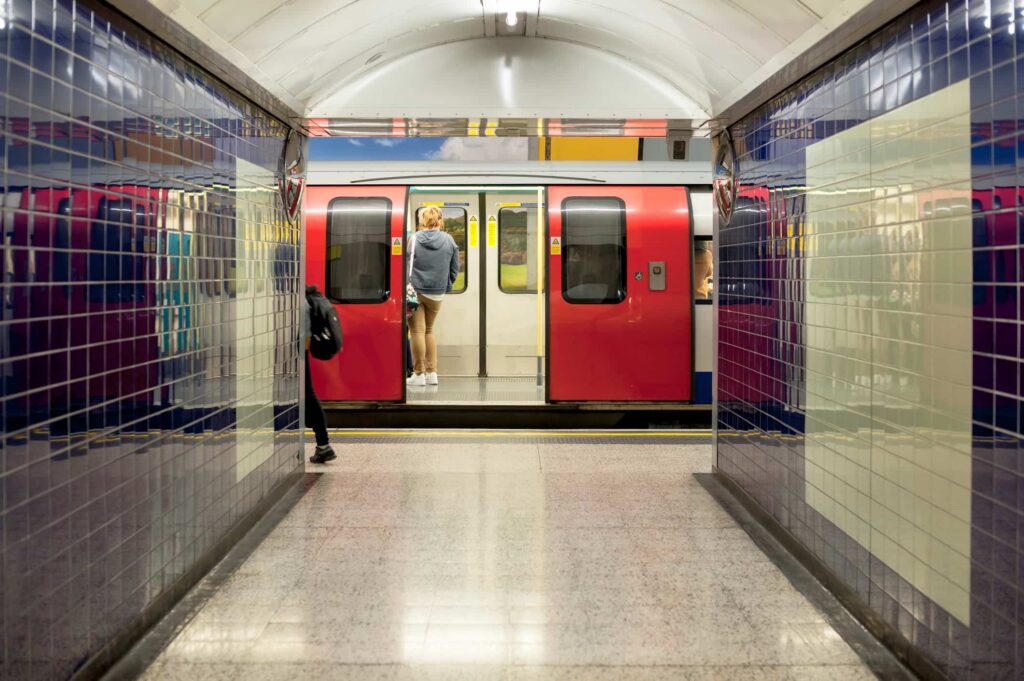
New York City’s Metropolitan Transportation Authority operates one of the largest public transit systems in the world. The MTA includes a complex network of subways, railways, and buses. Given the vast transit network and millions of riders, every year hundreds of accidents occur and innocent riders are injured. So far, 2014 has been no different.
Year in review: 2014 MTA Accidents
In April 2014, five people who were walking on the side of the street were injured when an MTA bus collided with a minivan and crashed into a building. The minivan apparently caused the accident after cutting in front of the bus. Fortunately, the innocent bystanders survived with relatively minor injuries. If any of the drivers acted negligently, those injured in the accident would be able to recover compensation for their injuries.
In another 2014 accident involving the MTA, a MTA bus collided with a bicyclist and several parked cars after the bus driver unsuccessfully tried to swerve and avoid the bicyclist. In this case, the bicyclist allegedly caused the accident by pulling out in front of the bus. Here, it seems that recovery against the MTA would be difficult because the MTA bus driver apparently did not cause the accident and operated the bus in a reasonable manner.
MTA accidents can also occur on the subway system. In May 2014, 19 riders were injured after a New York City subway train derailed in Queens. While train derailments are relatively rare, other types of accidents occur much more often, such as falling onto train tracks, colliding of trains, or negligently operating a train. Depending on the nature of a train accident, injuries can range from cuts and bruises to death.
New York Increased MTA Public-Safety Efforts in 2013
Many accidents on the MTA subway system occur because riders trip or fall into the subway track or into a moving train. In 2013, the MTA expanded its public-safety campaign to warn riders of subway dangers by increasing audio and visual announcements. MTA officials considered platform doors, but quickly moved onto other options when the estimated cost to install platform doors was $1 billion.
MTA Subway Accidents Decrease in 2013
Possibly thanks in part to New York’s aggressive public awareness campaign, the number of people who died on subway tracks in 2013 decreased from the previous year. The number of people who were struck by cars in 2013, however, increased by more than 7% from the prior year.
New York MTA officials have continued their efforts to make public transportation safer, including instituting safety systems to detect the presence of riders.
Contact a New York MTA Accident Attorney
Despite all of MTA’s efforts to make public transportation safer, unfortunately accidents still occur. MTA accidents can cause catastrophic injuries, and in severe situations, can even lead to death. These injuries can cause significant medical, physical and emotional pain and suffering, lost wages, and loss of future earning capacity. You need an NYC MTA accident attorney to help you obtain compensation for these injuries.
If you or a loved has suffered injuries riding the New York subway or another form of MTA public transit, an experienced New York MTA accident attorney can help you obtain the compensation you deserve. The law office of Jeffrey K. Kestenbaum has extensive experience protecting the rights of injured riders and helping injured riders obtain the compensation they deserve. Contact our office today for a free consultation at (718) 237-5586.






